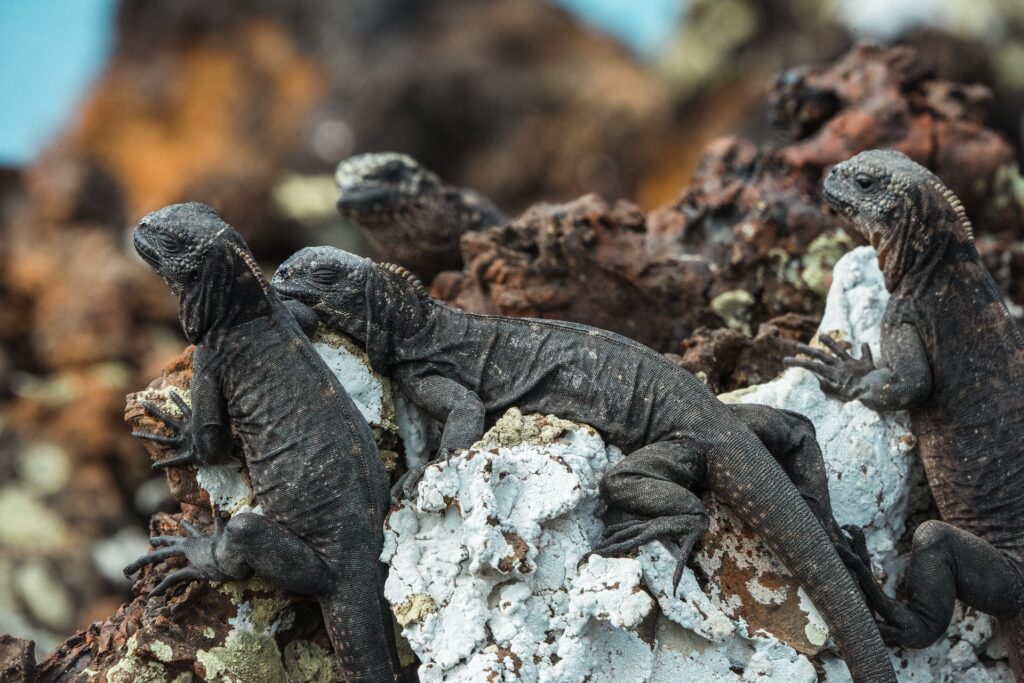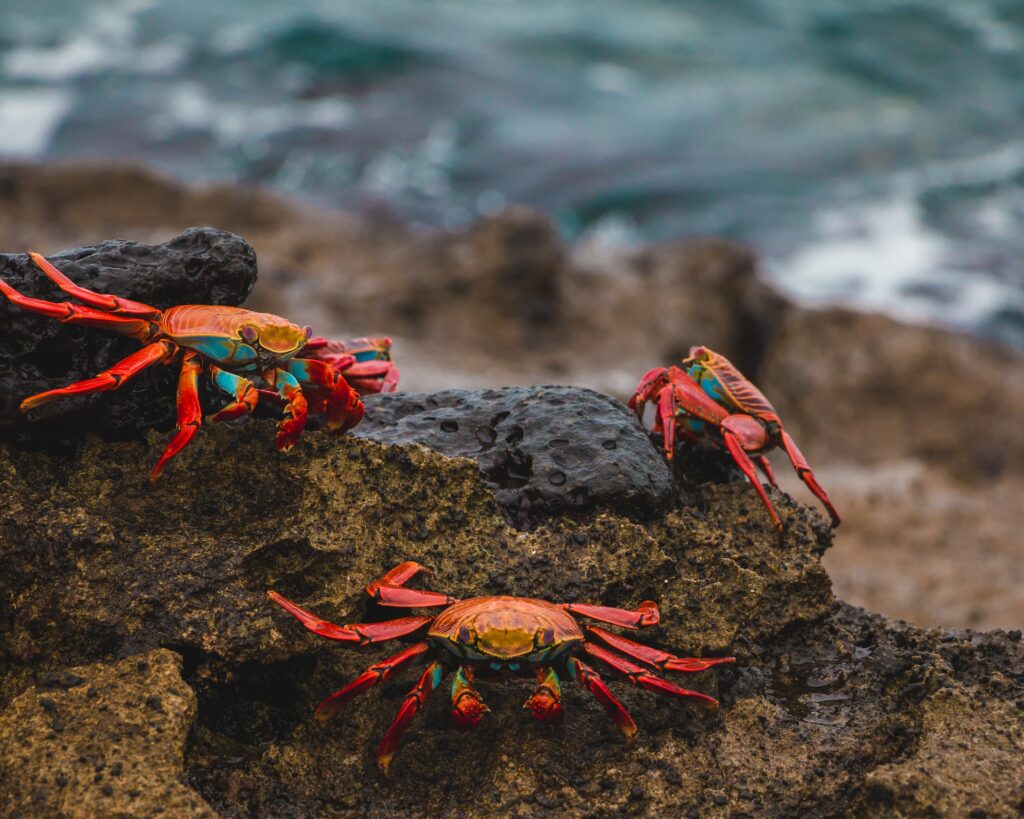The Galapagos Islands are, quite simply put, one of the most extraordinary, ecologically diverse places on the planet.
A truly unique destination, a visit to this stunning and remarkable archipelago is a once-in-a-lifetime experience that deserves to be captured in film. With gorgeous landscapes and an abundance wildlife found nowhere else in the world, the Galapagos is an animal lover’s dream, and one of the greatest places on Earth for a keen photographer to visit.
In 1978, Galapagos National Park was declared a “World Heritage Site” by UNESCO and it’s easy to see why; the landscapes here are remarkably diverse. This diversity can be seen in the lush greenery in the highlands of Santa Cruz and the harsh lava fields in Bartolomé. Here, a reassuring lack of human intervention means the wild animals of the park are confident and don’t fear humans, and this makes spotting them all that bit easier!
While you have to keep your distance owing to strict conservation laws, the animals that live here do not consider humans to be a threat and are incredibly comfortable in their company. This means you can get shots that you might otherwise never be able to set up, with amazing creatures relaxing and calm in surprisingly close quarters.
A photography holiday in the Galapagos Islands, then, is something every keen photophile out there should experience. Wildlife photographers will particularly relish the opportunity to snap the rare and unique species that call these islands home, from blue-footed boobies and pelicans to marine iguanas and giant tortoises. You’ll even see a penguin or two!
So if you are planning to take advantage of some of the unmissable deals out there that make travel to the Galapagos a little kinder on your bank balance, don’t forget to pack your camera and a few lenses! Once you’re there, here are 5 of the best places to photograph wildlife in the Galapagos Islands.
Punta Suarez, Isla Espanola
This dramatic spit of land on Isla Espanola is one of the most photogenic sites in the Galapagos Islands. Boasting otherworldly rock formations, rugged cliffs, and crashing waves, it makes for a great reel of atmospheric photographs. It is also a great place to catch the waved albatross, blue-footed boobies, and even marine iguanas basking on the rocks.
Read: How to make your travel photos more professional

Bachas Beach, Isla Santa Cruz
A must for any photographer visiting the Galapagos Islands, Bachas Beach is famous for its vast flocks of pelicans. Whether perched on rocks or tree stumps on the beach itself, soaring majestically in formation across the horizon, or crashing inelegantly into the surf in search of fish, these odd but fascinating birds are great fun to shoot. With stark white sand, turquoise waters, and occasional visiting flamingos too, Bachas Beach is a great spot to visit for amateurs and professionals alike, and is arguably the highlight of a Galapagos Islands cruise which takes in the island from an enviable vantage point.
Charles Darwin Station, Isla Santa Cruz
Steeped in significance as the place where Charles Darwin first set foot on the Galapagos Islands, the Charles Darwin Research Station holds a special place in the history of the archipelago. It is also, coincidentally, one of the best places on the islands to see and photograph the majestic and magnificent giant tortoises, as well as a wide variety of other birds, animals, and plants.
The famous Darwin Island is the smallest amongst these main islands of the archipelago. Indeed, the Galapagos Islands are where Charles Darwin observed several species of finches that helped him come up with the famous theory of evolution by natural selection. Perhaps you’ll come up with your own groundbreaking ideas while visiting, perhaps?

Punta Espinosa, Isla Fernandina
This narrow spit of land on Fernandina Island is one of the most eye-catching spots in the entire Galapagos, and an amazing place to shoot wildlife. From penguins frolicking in the surf to herons and egrets searching for food in the surrounding mangrove swamps, the photogenic experiences begin before you even reach your destination.
Once there, you’ll get the chance to get up close and personal with marine iguanas, racer snacks, Sally Lightfoot crabs, sea lions, hawks, and cormorants. It also boasts amazing sunsets, making it a great place to set up a tripod and shoot a time-lapse video.
Rabida Beach, Isla Rabida
While the majority of the beaches on the Galapagos Islands are stark bone-white, Rabida Beach’s volcanic sands are rust-red, making it one of the most distinctive and striking spots the archipelago has to offer. You can spend hours just shooting the contrast between green land, red sand, and turquoise waters, or snap the resident sea lion colony relaxing on the rocks and playing in the sea.
If you’re keen to turn this trip to the Galapagos Islands into a more globetrotting affair, then why not find some inspiration in these 10 of the world’s best national parks, IDEAL for animal spotting. You won’t regret it!




